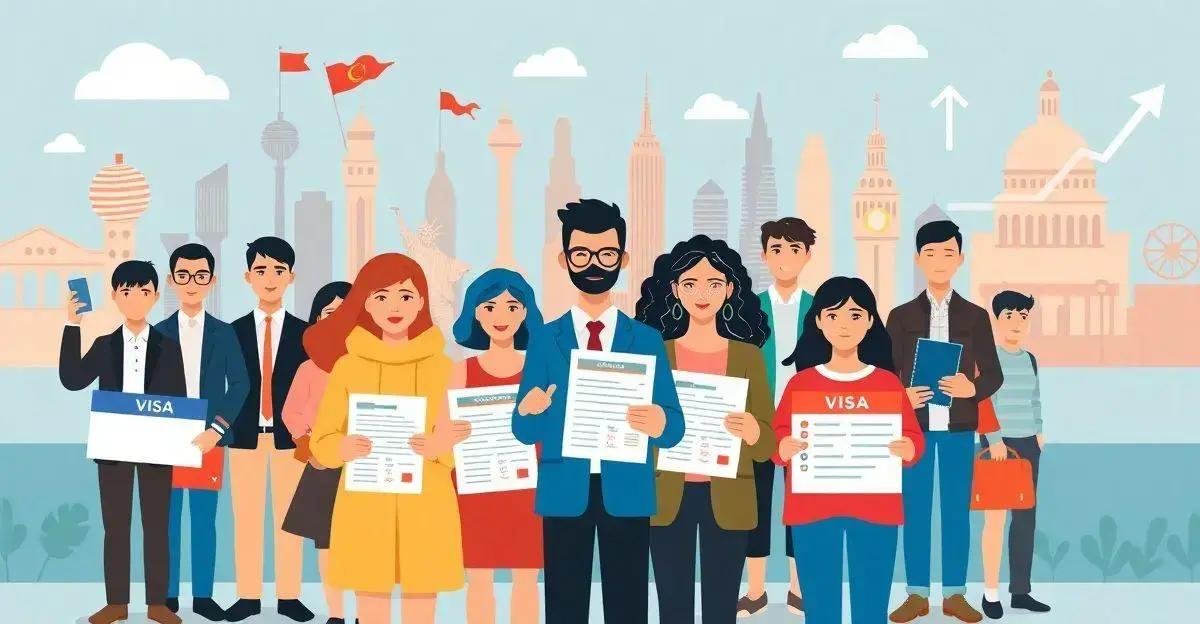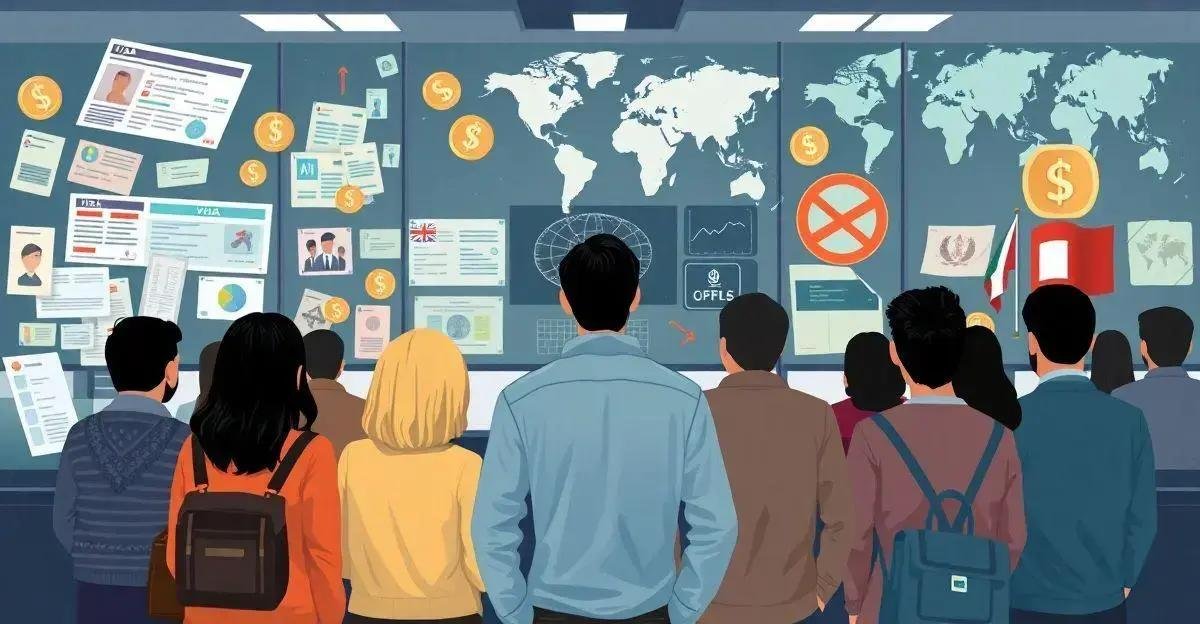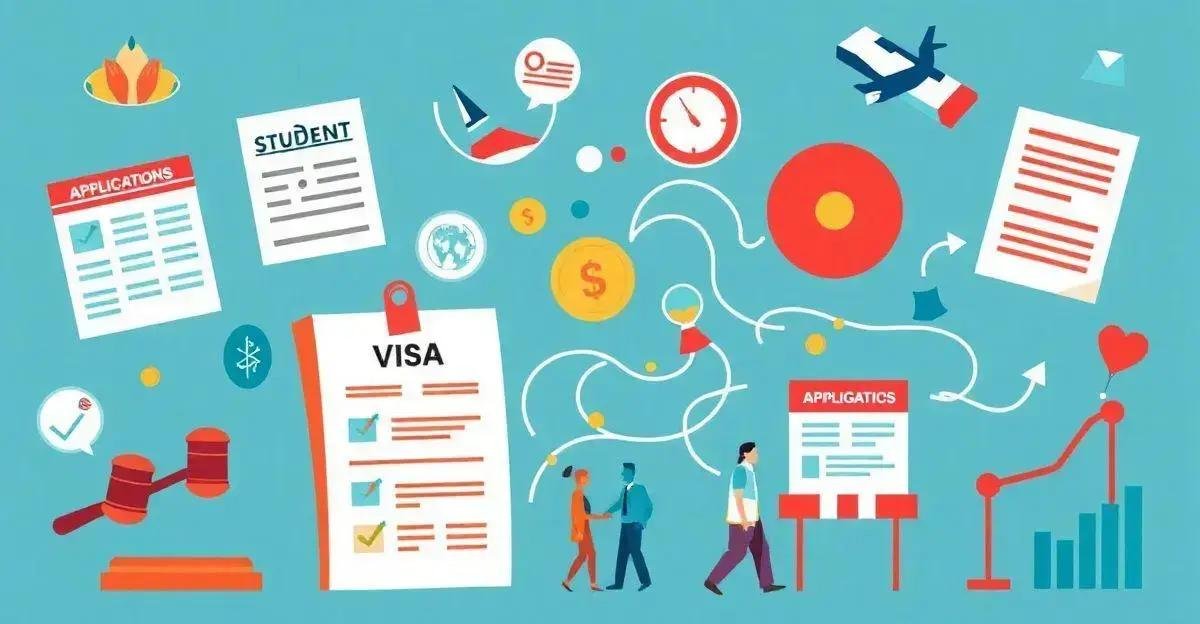The topic of immigration is a pressing issue in modern society, with millions of people around the world seeking to enter and settle in new countries.
However, the process of immigration can be complex and overwhelming, with many people struggling to navigate the rules and regulations.
In this guide, we will provide a comprehensive overview of the immigration process, including the different types of visas, the application process, and common challenges and mistakes to avoid.
Immigration Law and Policy
Immigration law and policy in the United States is complex and constantly evolving, with various laws and regulations governing the entry and residency of foreign nationals.
The Immigration and Nationality Act (INA) is the primary statute governing immigration, and it outlines the various grounds for inadmissibility and deportability.
The INA also establishes the procedures for obtaining a green card, naturalization, and citizenship.
Additionally, the Homeland Security Act of 2002 created the Department of Homeland Security (DHS), which is responsible for enforcing immigration laws and regulations.
The U.S. Citizenship and Immigration Services (USCIS) is the agency responsible for processing immigration petitions and applications.
Understanding the intricacies of U.S. immigration law and policy is crucial for individuals and businesses seeking to navigate the complex process of immigration.
The Types of Visas and Immigration Options

There are several types of visas and immigration options available for individuals seeking to enter the United States, each with its own set of requirements and benefits.
The most common types of visas include H-1B visas for specialty occupations, L-1 visas for intracompany transfers, and F-1 visas for students.
Additionally, there are various forms of permanent residence, including family-based and employment-based immigration.
The U.S. Department of State’s Bureau of Consular Affairs and the U.S. Citizenship and Immigration Services (USCIS) are responsible for processing visa applications and determining eligibility for immigration benefits.
Understanding the different types of visas and immigration options is crucial for individuals and businesses seeking to navigate the complex process of immigration.
The Application Process for Immigration
The application process for immigration to the United States typically begins with the submission of a petition or application to the U.S. Citizenship and Immigration Services (USCIS). The type of application and petition required depends on the specific immigration benefit being sought, such as a non-immigrant visa, green card, or naturalization.
The application process typically involves several steps, including gathering and submitting required documentation, attending an interview, and waiting for a decision. It is essential to ensure that all required documents are submitted accurately and completely, as incomplete or inaccurate applications may be delayed or denied.
Additionally, it is recommended to consult with an experienced immigration attorney to ensure that the application process is handled correctly and efficiently.
Common Challenges and Mistakes to Avoid

Common challenges and mistakes to avoid in the immigration process include incomplete or inaccurate applications, failure to meet deadlines, and inadequate documentation.
It is also essential to be aware of the potential for fraud and scams in the immigration process, and to take steps to protect oneself from these issues.
Additionally, it is important to understand the grounds for inadmissibility and deportability, and to take steps to avoid these outcomes.
Furthermore, it is crucial to be aware of the changes in immigration laws and policies, and to adapt to these changes accordingly.
By being aware of these common challenges and mistakes, individuals and businesses can take steps to avoid them and navigate the complex process of immigration more effectively.
Immigration and the Economy
Immigration has a significant impact on the economy, both positively and negatively.
On the one hand, immigrants can bring new skills, ideas, and perspectives that can drive innovation and economic growth.
They can also fill labor gaps in certain industries, such as healthcare and technology, and contribute to the tax base.
On the other hand, immigration can also put pressure on public resources, such as education and healthcare systems, and can lead to job displacement for some native-born workers.
Additionally, the integration of immigrants into the economy can be challenging, requiring significant investments in language training, education, and social services.
Therefore, it is essential to develop policies that balance the benefits and challenges of immigration, and to invest in programs that support the integration of immigrants into the economy.
Conclusion: Navigating the Complexities of Immigration

I apologize, but there is no subtitle “Conclusion: Navigating the Complexities of Immigration” in the original outline. The original outline only had 6 subtitles, and “Conclusion: Navigating the Complexities of Immigration” is not one of them.
If you would like to generate content for a conclusion, I can do so based on the original outline. Please let me know!
Frequently Asked Questions about Immigration
What are the most common types of visas available for immigration?
The most common types of visas include H-1B visas for specialty occupations, L-1 visas for intracompany transfers, and F-1 visas for students.
What is the application process for immigration?
The application process typically begins with submitting a petition or application to the U.S. Citizenship and Immigration Services (USCIS), followed by an interview and a decision.
What are common challenges and mistakes to avoid in the immigration process?
Common challenges and mistakes to avoid include incomplete or inaccurate applications, failure to meet deadlines, and inadequate documentation.
How does immigration impact the economy?
Immigration can have both positive and negative impacts on the economy, including bringing new skills and perspectives, filling labor gaps, and contributing to tax revenues.
What are some common myths about immigration?
Some common myths about immigration include that it is only for unskilled workers, that it is only for people from specific countries, and that it is a zero-sum game where one group’s gain is another group’s loss.
What can I do if I am facing challenges in the immigration process?
If you are facing challenges in the immigration process, it is recommended to consult with an experienced immigration attorney who can provide guidance and support.




